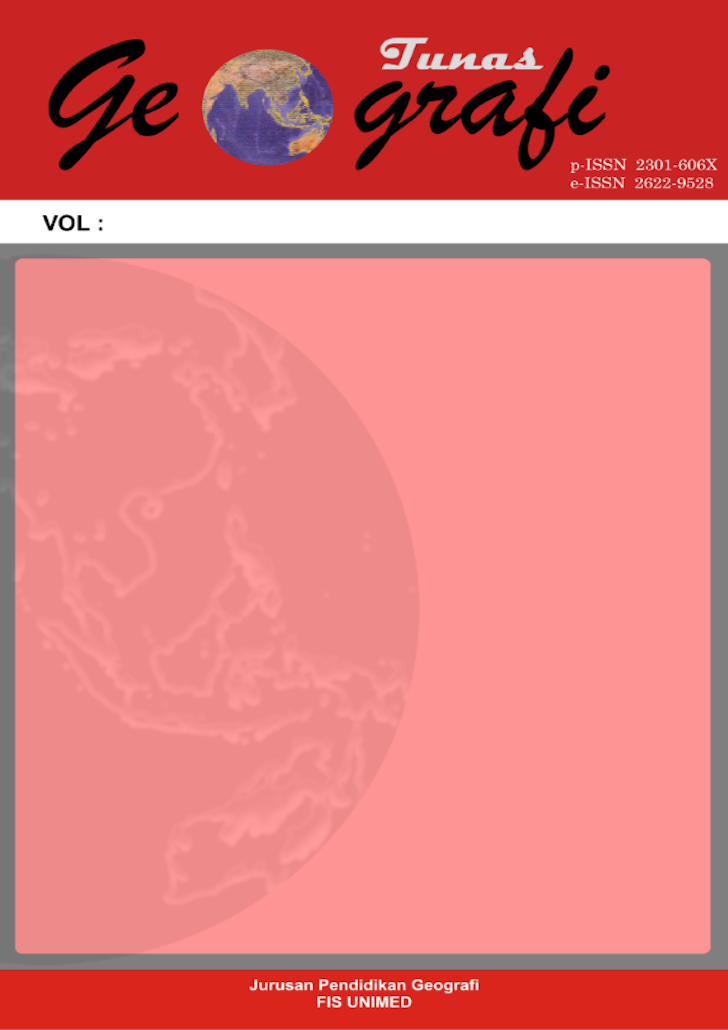2025-05-07
Wardani, A., Efranita Purba, D. M., Batubara, R. M., Sugiharto, S., Lubis, D. P., Novira, N., … Vanda, V. (2025). Dynamics of Integrated Social Studies Learning Implementation in Junior High Schools: Case Study at SMPN 41 Medan. Tunas Geografi, 13(2), 49–63. https://doi.org/10.24114/tgeo.v13i2.65527
Articles


Copyright ©2020 Jurusan Pendidikan Geografi Fakultas Ilmu Sosial Universitas Negeri Medan dan Ikatan Geograf Indonesia (IGI)
This work is licensed under a Creative Commons Attribution-NonCommercial 4.0 International License.
https://fatuweb.uncoma.edu.ar/
https://menorcapreservationfund.org/
https://linklist.bio/dorahokijaya
https://fatuweb.uncoma.edu.ar/
https://www.toscanamall.com/fr
https://teknomalay.com/category/tutorial/
https://www.alliancesforclimateaction.org/contact
https://www.ictam2012.org/scientific-program
https://dinkominfo.purbalinggakab.go.id/






